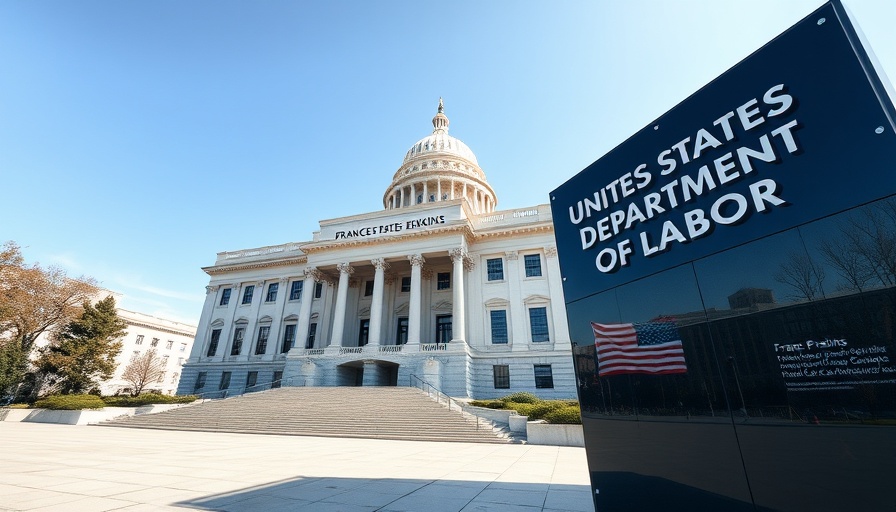
Skyline Roofing's Strategic Expansion with One Day Roofing
In a significant move within the roofing industry, Skyline Roofing Partners has announced its acquisition of One Day Roofing. This partnership positions Skyline not only to enhance its service offerings but also to expand its operational footprint, catering to an increasing demand for efficient and effective roofing solutions.
Understanding the Market Trends
The roofing sector is undergoing dynamic changes fueled by advancements in technology and a heightened emphasis on sustainability. According to industry reports, more consumers and businesses are gravitating towards roofing solutions that offer longevity and environmental benefits. This acquisition reflects Skyline's commitment to staying at the forefront of these trends, especially as sustainability moves to the forefront of construction services.
Benefits of the Acquisition
The integration of One Day Roofing into Skyline’s portfolio brings an array of advantages, including streamlined services and enhanced capabilities in responding to urgent roofing needs. This transition also allows Skyline to leverage One Day’s established relationships and reputation within the community, improving overall customer satisfaction.
Future Predictions for Roofing Services
Looking ahead, the roofing industry can expect a shift towards more sustainable practices and innovative materials. As consumer preference leans towards eco-friendly solutions, companies that prioritize sustainability are more likely to thrive. Skyline’s acquisition of One Day Roofing may well position it to lead this charge, setting a standard for other firms in the sector.
How This Affects Business Owners and Developers
For business owners, property developers, and facility managers, this acquisition signifies a pivotal shift towards more efficient and innovative roofing solutions. It emphasizes the importance of collaborating with companies that embrace new technologies, such as solar roofing and energy-efficient materials. Contractors and developers should take note of such industry changes to align their projects with evolving market demands.
Investment and Financial Implications
The financial implications of this acquisition are also noteworthy. By expanding its service offerings and market share, Skyline Roofing Partners is poised to enhance its profitability and reduce costs through synergies achieved from integration. As residential and commercial projects increasingly focus on sustainability, the ROI for businesses adopting greener practices is expected to improve substantially.
Conclusion: Importance of Adaptation in Construction
The acquisition of One Day Roofing by Skyline Roofing Partners is a call to action for businesses within the construction industry. As market trends shift towards sustainability and technological advancement, adopting innovative solutions will be crucial for maintaining a competitive edge. Business owners, property developers, and facility managers should take this as encouragement to adapt and innovate in their own operations.
 Add Row
Add Row  Add
Add 




Write A Comment